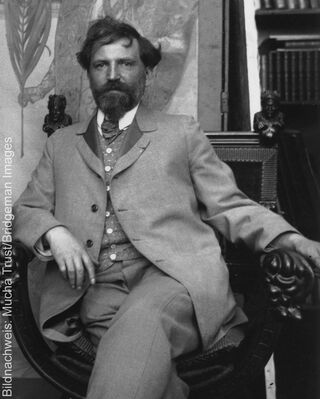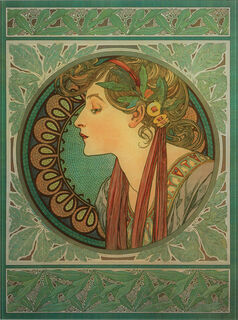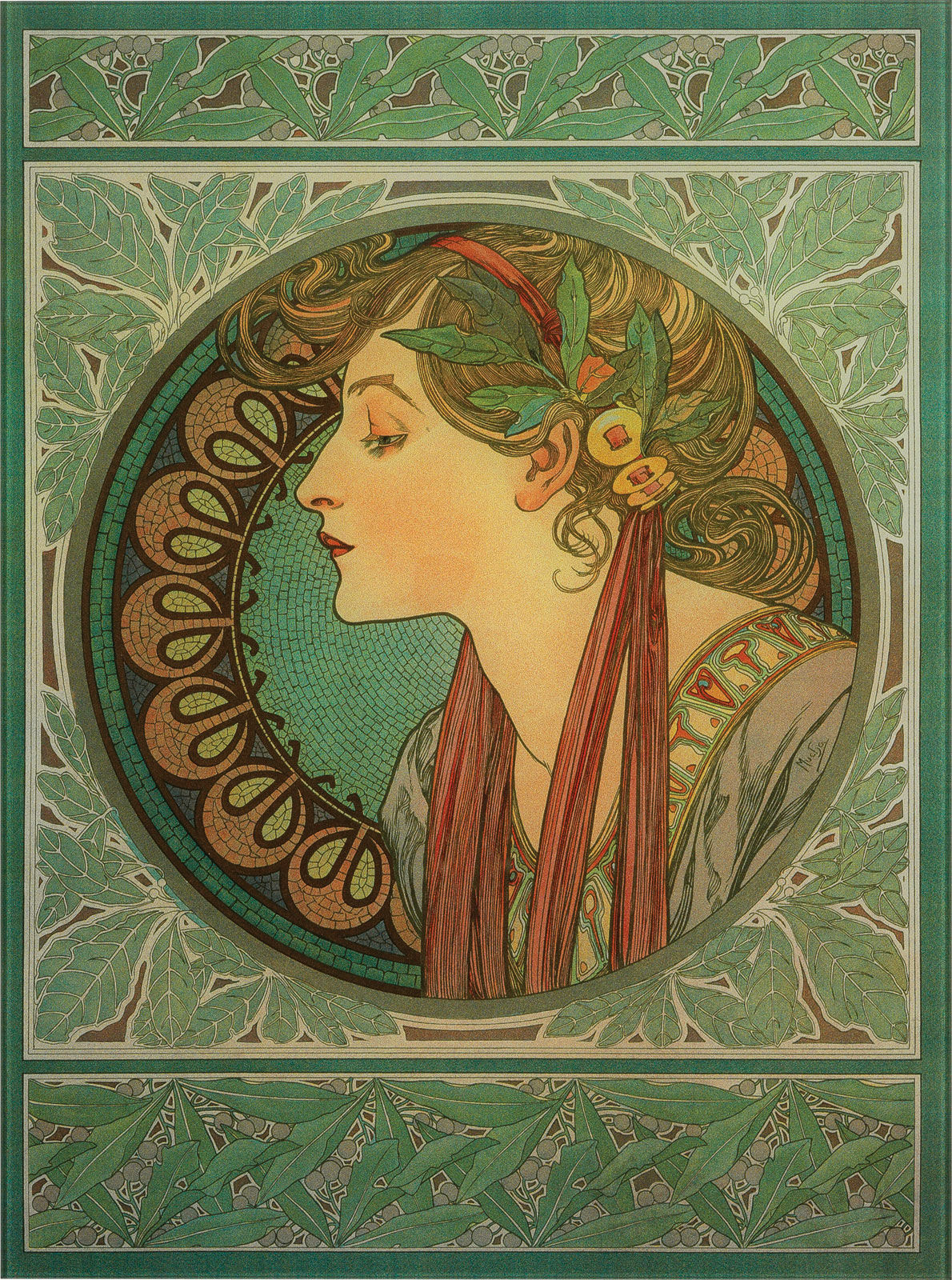Glass picture "Laurel" (1901)
Glass picture "Laurel" (1901)
Quick info
reproduction on float glass | size 47 x 35 cm (h/w) | incl. mounting hardware
Detailed description
Glass picture "Laurel" (1901)
Great art by an outstanding representative of Art Nouveau. Alphonse Mucha's glass picture "Laurel" impresses with its expressiveness and harmonious colouring. High-quality reproduction on float glass. Delivery includes a suspension device and a 12 mm spacer. Size 47 x 35 cm (h/w).
Customer reviews
Super Qualität und sehr schnelle Lieferung!
Die Lieferung des Bildes ging sehr schnell. Das Bild war gut verpackt. Ich war sehr zufrieden. Danke fur den guten Service. Freundlicher Gruss
Das Reproduktionspaar auf Glas von Alphonse Mucha ist von außergewöhnlicher Qualität und sieht, nebeneinander gehangen, ganz toll aus. Ich bin sowieso ein großer Freund von Jugendstilmalerei, insbesondere von Mucha. Dieser Stil ist zeitlos und passt fast in jede Einrichtung. Die Bestellung lief reibungslos und schnell ab. Die Ware war sehr sorgfältig verpackt. Ich bin rundum zufrieden und kann ars mundi nur weiterempfehlen. Von mir 5 Sterne!
sehr bruchsichere Verpackung, für mich eine optimale Verarbeitung - einfach ein toller Blickfang

About Alphonse Mucha
1860-1939
Alphonse Mucha was one of the most important grandmasters of Art Nouveau.
After his first steps as an autodidact, he studied in Munich and Vienna, from where he finally moved to Paris. There he developed his typical style full of symbols, delicate colours and decorative elements, which he liked to entwine around fairy-like young women with long, flowing hair. Due to his versatility, Mucha was practically overwhelmed with commissions and was soon regarded as one of the main representatives of Art Nouveau.
Alphonse Mucha achieved fame with the posters for the stage roles of Sarah Bernhardt. His speciality was calendar illustrations, but he also showed his art in stained glass windows, furniture, costumes...
Art Nouveau, or the German term Jugendstil (lit.: "Youth Style"), is the art epoch between 1890-1910. The name originates from the Munich-based magazine "Jugend" (Youth), founded in 1896. It was the German counterpart of Art Nouveau (France), but also internationally known as Modern Style (England) or Secession (Austria).
Art Nouveau conquered all of Europe and innumerable works were created, ranging from painting and applied arts to architecture. One of the requirements of Art Nouveau was the artistic design of everyday objects, i.e. beauty and practicality were combined. The desired unity of the artistic ability could only be achieved through individually influenced design, which made the Jugenstil the precursor of modernism. The essential characteristic of Art Nouveau is linear, often asymmetrical ornamentation. The models are particularly taken from nature and flora.
Major Art Nouveau centres were formed in Munich, Darmstadt, Brussels, Paris and Nancy (Glass Art by Emile Gallé). The Viennese architecture of that time was determined by Otto Wagner and J. Hoffmann. Gustav Klimt created paintings that gave sensual shape to the spirit of Art Nouveau.


